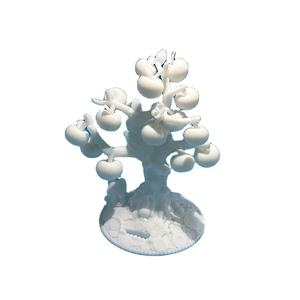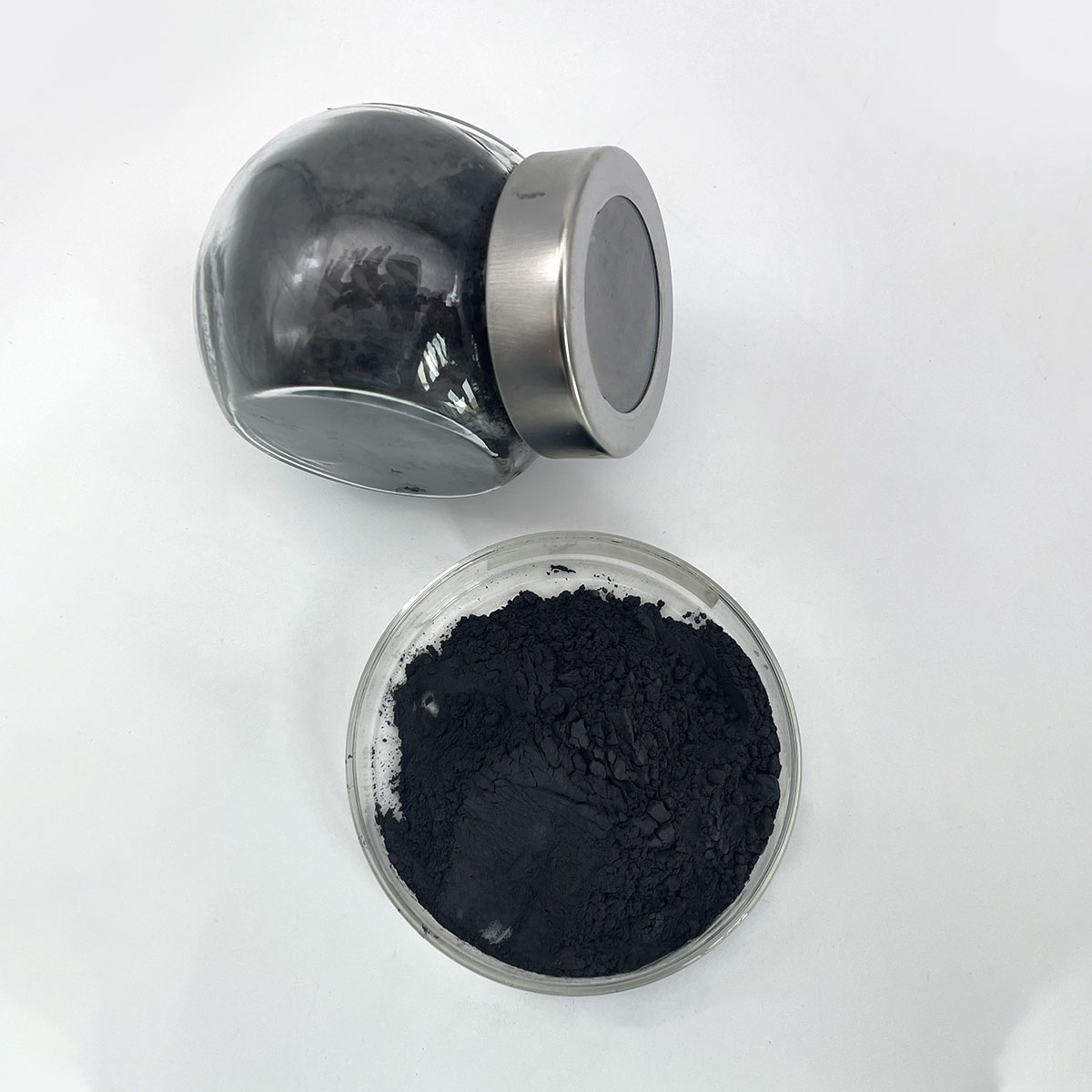Intro to Steel Powder for 3D Printing
Steel powder for 3D printing is transforming the production landscape, supplying unprecedented accuracy and personalization. This advanced product enables the manufacturing of intricate geometries and elaborate designs that were formerly unachievable with standard approaches. By leveraging metal powders, markets can introduce much faster, reduce waste, and accomplish greater efficiency requirements. This short article checks out the composition, applications, market patterns, and future prospects of steel powder in 3D printing, highlighting its transformative effect on various markets.
(3D Printing Product)
The Make-up and Properties of Metal Powders
Metal powders utilized in 3D printing are commonly composed of alloys such as stainless steel, titanium, aluminum, and nickel-based superalloys. These products have one-of-a-kind buildings that make them suitable for additive manufacturing. High purity and consistent particle dimension circulation make certain consistent melting and solidification throughout the printing process. Key qualities consist of exceptional mechanical stamina, thermal stability, and deterioration resistance. Additionally, steel powders use exceptional surface area coating and dimensional precision, making them vital for high-performance applications.
Applications Across Diverse Industries
1. Aerospace and Defense: In aerospace and protection, metal powder 3D printing transforms the manufacturing of light-weight, high-strength components. Titanium and nickel-based alloys are typically utilized to create parts with intricate internal frameworks, minimizing weight without compromising stamina. This technology makes it possible for quick prototyping and tailored production, increasing development cycles and reducing preparations. Furthermore, 3D printing allows for the production of parts with incorporated cooling channels, enhancing thermal administration and efficiency.
2. Automotive Market: The automobile industry take advantage of steel powder 3D printing by producing lighter, extra reliable parts. Light weight aluminum and stainless steel powders are made use of to produce engine parts, exhaust systems, and architectural components. Additive production helps with the style of maximized geometries that improve fuel efficiency and reduce discharges. Customized production also enables the production of limited-edition or specific lorries, conference diverse market demands. Furthermore, 3D printing reduces tooling expenses and enables just-in-time production, improving supply chains.
3. Medical and Dental: In clinical and dental applications, steel powder 3D printing offers tailored solutions for implants and prosthetics. Titanium powders provide biocompatibility and osseointegration, making certain safe and efficient assimilation with human tissue. Personalized implants customized to specific clients’ anatomies improve medical outcomes and individual satisfaction. In addition, 3D printing speeds up the growth of new clinical gadgets, facilitating faster regulative authorization and market entrance. The ability to produce intricate geometries also sustains the development of cutting-edge dental reconstructions and orthopedic gadgets.
4. Tooling and Mold and mildews: Metal powder 3D printing changes tooling and mold-making by allowing the production of detailed molds with conformal cooling networks. This technology improves cooling down efficiency, lowering cycle times and boosting component quality. Stainless-steel and tool steel powders are generally made use of to create durable mold and mildews for injection molding, die spreading, and stamping processes. Custom-made tooling likewise permits fast version and prototyping, increasing item advancement and reducing time-to-market. Furthermore, 3D printing eliminates the need for costly tooling inserts, reducing production expenses.
Market Fads and Growth Chauffeurs: A Progressive Perspective
1. Sustainability Initiatives: The global push for sustainability has influenced the fostering of steel powder 3D printing. This technology decreases product waste by utilizing only the needed amount of powder, minimizing ecological impact. Recyclability of unsintered powder additionally improves its green qualifications. As industries focus on sustainable techniques, metal powder 3D printing lines up with environmental objectives, driving market development. Advancements in eco-friendly production processes will remain to expand the application capacity of steel powders.
2. Technical Innovations in Additive Production: Rapid innovations in additive production technology have expanded the capabilities of metal powder 3D printing. Boosted laser and electron beam of light melting techniques allow faster and much more precise printing, boosting efficiency and component top quality. Advanced software application tools help with smooth design-to-print operations, maximizing component geometry and construct positioning. The combination of artificial intelligence (AI) and machine learning (ML) additional boosts process control and issue detection, making sure dependable and repeatable results. These technical advancements setting steel powder 3D printing at the center of manufacturing development.
3. Growing Demand for Customization and Customization: Raising customer demand for customized items is driving the adoption of metal powder 3D printing. From personalized medical implants to bespoke vehicle parts, this technology enables mass customization without the associated expense charges. Personalized production additionally sustains particular niche markets and specialized applications, supplying distinct worth recommendations. As customer expectations progress, metal powder 3D printing will certainly remain to satisfy the growing need for tailored services throughout sectors.
Challenges and Limitations: Navigating the Course Forward
1. Price Considerations: In spite of its various advantages, metal powder 3D printing can be more pricey than conventional production techniques. Premium metal powders and sophisticated tools contribute to the general expense, limiting broader adoption. Manufacturers must balance performance advantages versus financial constraints when picking materials and technologies. Dealing with cost barriers with economies of scale and process optimization will certainly be critical for broader acceptance and market infiltration.
2. Technical Experience: Effectively carrying out steel powder 3D printing needs specialized knowledge and handling methods. Small manufacturers or those not familiar with the innovation might deal with obstacles in optimizing manufacturing without sufficient experience and tools. Connecting this void via education and learning and easily accessible modern technology will be essential for broader adoption. Empowering stakeholders with the needed skills will certainly unlock the complete capacity of steel powder 3D printing throughout markets.
( 3D Printing Powder)
Future Prospects: Developments and Opportunities
The future of steel powder 3D printing looks appealing, driven by the boosting need for sustainable, high-performance, and personalized options. Ongoing research and development will certainly result in the development of new alloys and applications for metal powders. Innovations in binder jetting, guided power deposition, and chilly spray technologies will certainly even more broaden the abilities of additive production. As industries prioritize efficiency, toughness, and ecological obligation, steel powder 3D printing is positioned to play a crucial duty in shaping the future of production. The continuous advancement of this modern technology guarantees exciting chances for technology and growth.
Conclusion: Accepting the Possible of Metal Powder for 3D Printing
In conclusion, metal powder for 3D printing is revolutionizing manufacturing by making it possible for specific, customizable, and high-performance production. Its special buildings and wide-ranging applications provide substantial advantages, driving market development and innovation. Recognizing the advantages and obstacles of metal powder 3D printing allows stakeholders to make informed choices and take advantage of arising opportunities. Welcoming this technology implies embracing a future where technology satisfies reliability and sustainability in manufacturing.
Premium Metal Powder for 3D Printing Provider
TRUNNANO is a supplier of nano materials with over 12 years experience in nano-building energy conservation and nanotechnology development. It accepts payment via Credit Card, T/T, West Union and Paypal. Trunnano will ship the goods to customers overseas through FedEx, DHL, by air, or by sea. If you want to know more about Nano Silicon Dioxide, please feel free to contact us and send an inquiry.(sales5@nanotrun.com)
All articles and pictures are from the Internet. If there are any copyright issues, please contact us in time to delete.
Inquiry us

